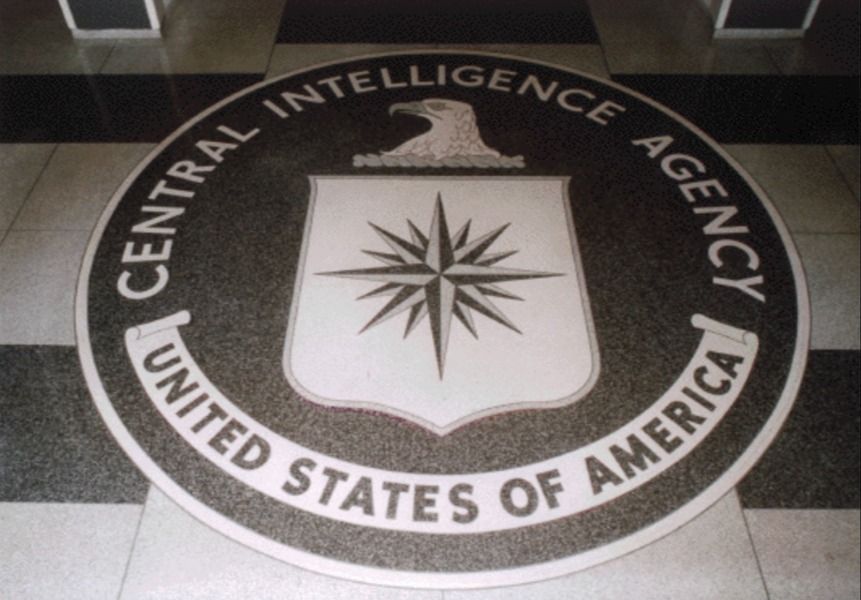Did the 702 Suit Just Get Easier?
What do hotel registries and national security internet surveillance have in common? On their face, not much. The former (as we learn from City of Los Angeles v. Patel) involves a routinized administrative search, backed by a long history, involving an industry (inn-keeping) that stretches back to biblical times, conducted by local police for comparatively modest reasons of public health and safety.
Published by The Lawfare Institute
in Cooperation With

What do hotel registries and national security internet surveillance have in common? On their face, not much. The former (as we learn from City of Los Angeles v. Patel) involves a routinized administrative search, backed by a long history, involving an industry (inn-keeping) that stretches back to biblical times, conducted by local police for comparatively modest reasons of public health and safety. The latter, of course, is the exact opposite – a novel form of surveillance, conducted for reasons fraught with national significance, based on law and technology whose existence a mere 20 years ago was but a glimmer in the future with consequences for those surveilled that raise critical issues of privacy and civil liberties (and, for some subjects of surveillance even issues of life or death).
And yet ….
Building off a question that Ben posed earlier this week to me, it seems that the congruence between the two issues may be far greater than it seems. In particular, the Patel court’s decision to permit a facial challenge to the constitutionality of the Los Angeles inn-keeper records ordinance makes it more likely that a facial challenge to the constitutionality of the Section 702 program will be heard.
A facial challenge, of course, is an attack on the entire statute itself – not any specific or particular application. It is generally understood as a determination that every application of a law is unconstitutional or, to put it conversely, that there is no set of circumstances under which the law could be valid and no application or construction of the law can save it. Or, as the Court wrote in United States v. Salerno (1987), per Chief Justice Rehnquist: "A facial challenge to a legislative Act is, of course, the most difficult challenge to mount successfully, since the challenger must establish that no set of circumstances exists under which the Act would be valid."
Prior to Patel, I would have thought that a facial challenge to the 702 program would fail – there are many situations one can imagine involving the application of foreign surveillance law to internet activity that would meet the general reasonableness test of the Fourth Amendment (and to be clear, there are some that might not – but for a facial challenge it has generally been understood that the possibility of lawful application has to be the null set for the challenge to succeed).
And, given the fact-specific nature of most Fourth Amendment challenges, most observers have thought that challenges to search and seizure authority was systematically ill-suited to a facial challenge. As the Court explained in Sibron v. New York, back in 1968, Fourth Amendment challenges were particularly unsusceptible to that kind of challenge. “The constitutional validity of a warrantless search is pre-eminently the sort of question which can only be decided in the concrete factual context of the individual case.”
Justice Sotomayor works hard to distinguish Sibron – an effort that seems to me rather unconvincing. She says:
“Similarly, when addressing a facial challenge to a statute authorizing warrantless searches, the proper focus of the constitutional inquiry is searches that the law actually authorizes, not those for which it is irrelevant. If exigency or a warrant justifies an officer's search, the subject of the search must permit it to proceed irrespective of whether it is authorized by statute. Statutes authorizing warrantless searches also do no work where the subject of a search has consented. Accordingly, the constitutional "applications" that petitioner claims prevent facial relief here are irrelevant to our analysis because they do not involve actual applications of the statute.”
In other words, she makes the two step analysis of first excluding the situations in which the search might be constitutional and then allowing a facial challenge to the only portion that remains. [As an aside, I find particularly striking, Justice Sotomayor’s reliance on Planned Parenthood v. Casey for her facial challenge analysis – most would think that abortion law is sui generis.]
Whatever the merits of the “new” facial challenge standard, it does seem to clearly be a departure from existing standards in some degree. And whether a departure or not, it is also a signal – the Court has opened the door to a broader array of challenges to warrantless searches. And that, of course, made me think of Section 702 and the electronic surveillance it authorizes. As Steven Bradbury described in 2013, the 702 program involves targeted foreign intelligence collection which, in some circumstances, would surely have constitutional application. But, the recent ACLU suit against the Section 702 program alleges that some unconstitutional warrantless collection occurs against US persons. Before Patel, the facial challenge to the statute would have been a long-shot. It’s odds of success just got shorter – by how much remains to be seen.


.jpeg?sfvrsn=f6228483_10)
_-_flickr_-_the_central_intelligence_agency_(2).jpeg?sfvrsn=c1fa09a8_7)

